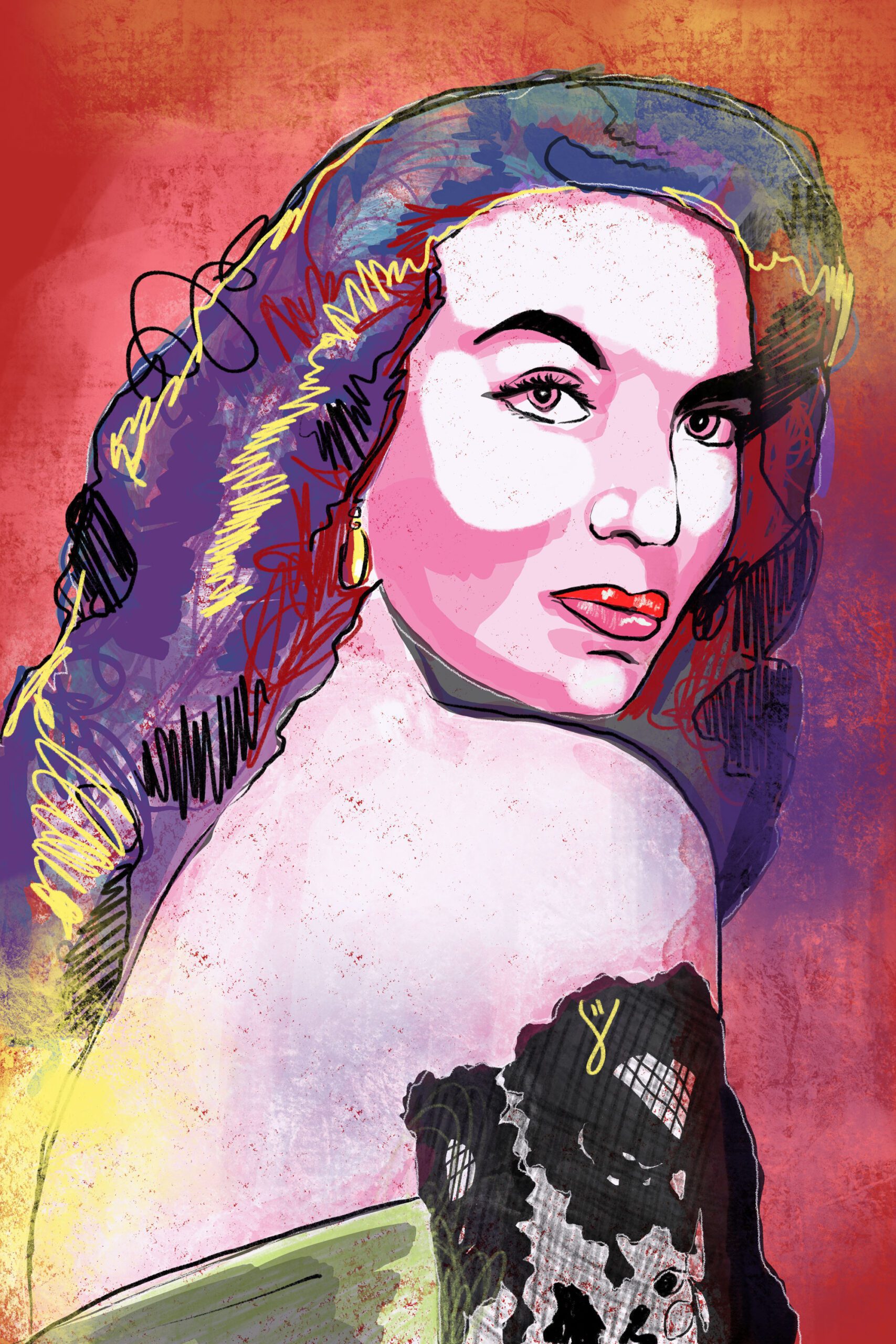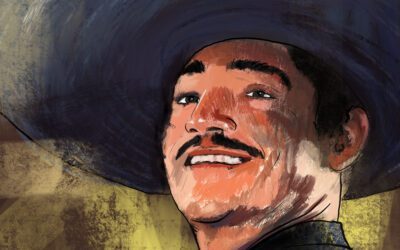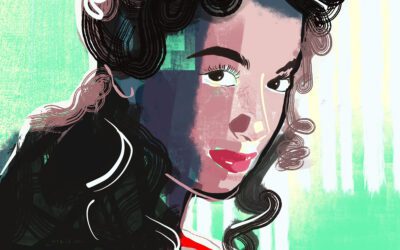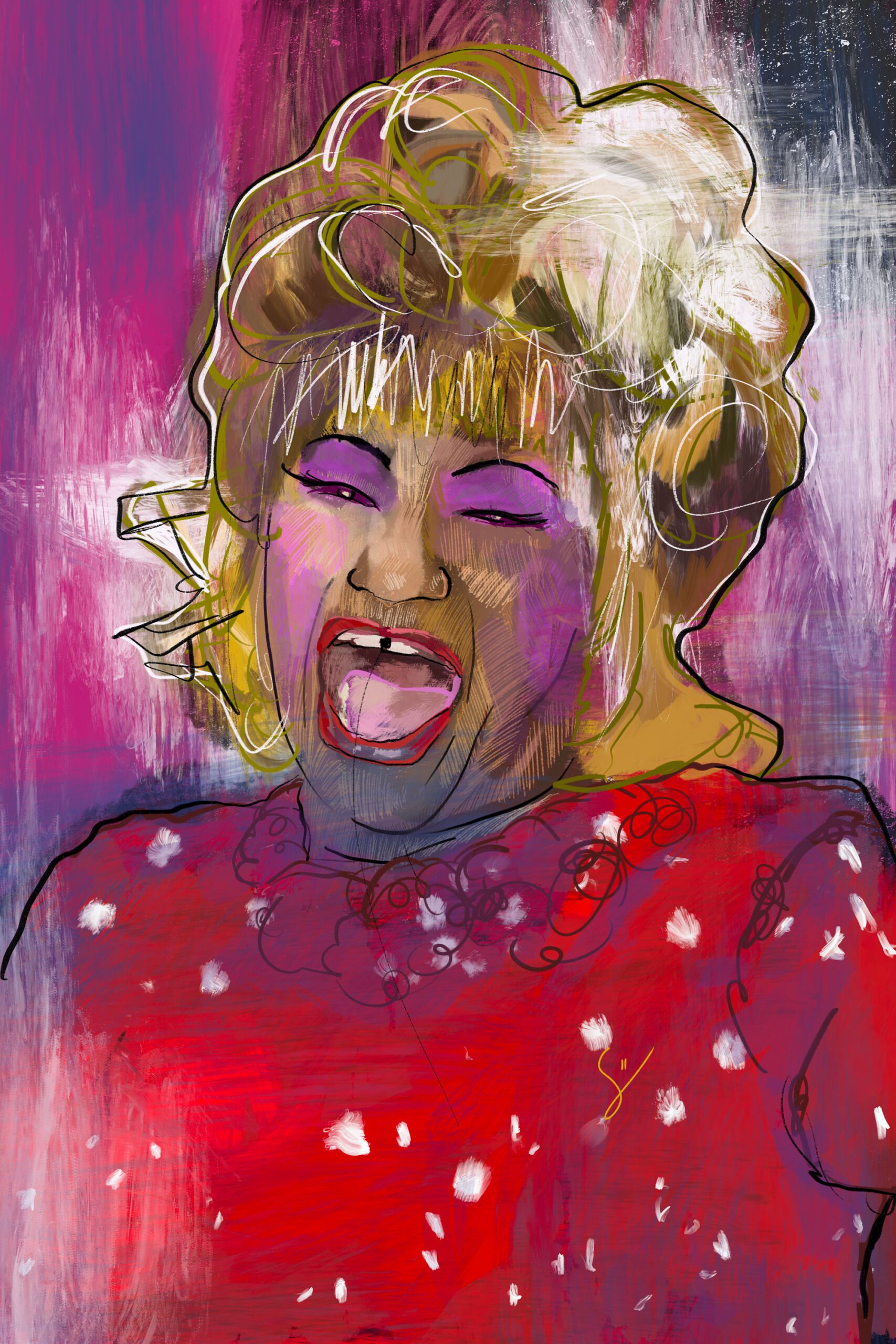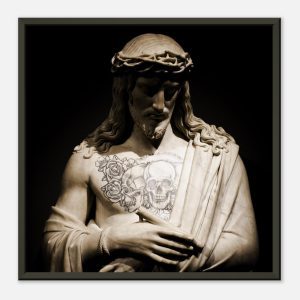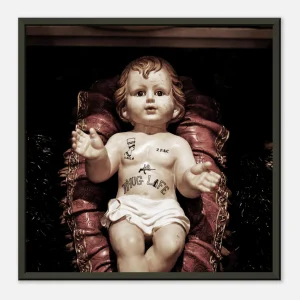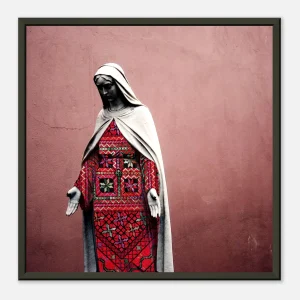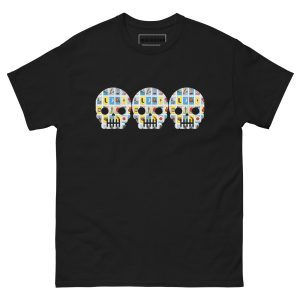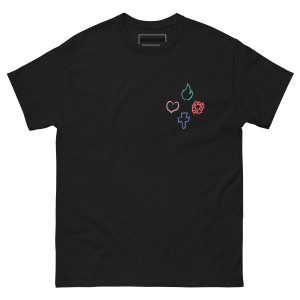The Golden Age of Mexican cinema was a remarkable era in the history of film, characterized by the emergence of iconic actors and directors, the production of enduring classics, and the rise of Mexico as a prominent player in the global film industry. Among the luminaries who graced the silver screen during this period, one name stands out like a beacon of charisma, talent, and beauty – Maria Felix. Often hailed as “La Doña” or “The Diva of Mexican Cinema,” Maria Felix captivated audiences not only with her stunning looks but also with her fierce talent and commanding presence, leaving an indelible mark on the world of film and beyond.
Born on April 8, 1914, in Álamos, Sonora, Mexico, Maria de los Ángeles Félix Güereña grew up in a family of modest means. Her journey to becoming a cinema legend was marked by determination and a relentless pursuit of her dreams. Her early years were far from glamorous, but her striking beauty and natural talent for acting set her on a path to stardom.
Felix’s first foray into the world of entertainment was in beauty pageants. In the early 1930s, she participated in a local beauty contest in her hometown, which led to her being discovered by film director Fernando Palacios. This encounter marked the beginning of her cinematic career, as Palacios cast her in her first film, “El Peñón de las Ánimas” (The Rock of Souls), in 1942. Her performance immediately caught the attention of audiences and critics alike, and it became evident that a new star had been born.
One of Maria Felix’s most enduring qualities was her remarkable beauty, often described as exotic and enchanting. Her striking features, including piercing eyes, high cheekbones, and a sensuous mouth, made her an instant sensation on the silver screen. She possessed a magnetic allure that drew viewers into her world, making her a mesmerizing presence in every film she starred in.
However, Maria Felix was far more than just a pretty face. She had a commanding presence and formidable acting skills that set her apart from her contemporaries. Her ability to embody a wide range of complex characters made her a versatile and sought-after actress. She could effortlessly switch from the seductive femme fatale to the strong-willed, independent woman, captivating audiences with her depth and authenticity.
One of her most iconic roles came in the 1943 film “Doña Bárbara,” where she portrayed the titular character, a powerful and ruthless landowner in the Venezuelan plains. Her portrayal of Doña Bárbara showcased her ability to embody complex, morally ambiguous characters, earning her critical acclaim and solidifying her status as a leading lady in Mexican cinema.
Maria Felix’s career continued to soar throughout the 1940s and 1950s, as she worked with some of the most prominent directors and actors of her time. Her collaborations with director Emilio Fernández, often referred to as the “Indio” due to his distinctive looks, produced some of her most memorable films, including “Enamorada” (1946) and “Río Escondido” (1947). Her on-screen chemistry with Fernández was undeniable, creating a powerful cinematic duo that left an indelible mark on Mexican cinema history.
One of the remarkable aspects of Maria Felix’s career was her willingness to take on unconventional and challenging roles. She was not afraid to tackle complex themes and characters, often delving into the darker side of human nature. In “La diosa arrodillada” (The Kneeling Goddess, 1947), she played a troubled and tragic movie star, exploring the price of fame and the depths of despair. This willingness to explore the complexities of the human condition showcased her commitment to her craft and her refusal to be typecast as a mere beauty queen.
Beyond her acting talent, Maria Felix also possessed a strong sense of style that made her a fashion icon of her era. Her elegant wardrobe, featuring designer gowns and glamorous accessories, cemented her status as a fashion trendsetter. Her impeccable taste and sophisticated fashion sense made her a muse for renowned designers, including Christian Dior and Givenchy.
Maria Felix’s impact on Mexican cinema extended beyond the silver screen. She was a cultural icon, celebrated not only for her talent but also for her assertiveness and independent spirit. In a time when women were often expected to conform to societal norms, Felix defied conventions and lived life on her terms. Her boldness and determination inspired generations of women to pursue their dreams fearlessly.
The diva’s personal life was as dramatic as her on-screen performances. She had a series of high-profile marriages, including one to Mexican actor and singer Jorge Negrete. Her love life was often the subject of tabloid gossip, adding to her allure and mystique. Despite the tumultuous nature of her relationships, Felix remained unapologetically herself, refusing to bow to societal expectations.
As the Golden Age of Mexican cinema gave way to new trends and styles in the 1960s, Maria Felix’s career evolved. She continued to act in films, but her focus shifted towards international projects. She starred in films like “The Empty Canvas” (1963) and “La Volupté et l’enfer” (1966), gaining recognition on the global stage. Her international success reaffirmed her status as a timeless star whose appeal transcended borders.
In addition to her film career, Maria Felix was a patron of the arts and a collector of Mexican folk art. Her passion for preserving and promoting Mexican culture extended to her philanthropic efforts. She supported various causes, including children’s charities and cultural institutions, leaving a lasting impact on her country’s cultural landscape.
Maria Felix’s remarkable journey in the world of cinema came to an end in the 1970s as she retired from acting. However, her legacy endured. She remained a revered figure in Mexican culture, an enduring symbol of strength, beauty, and talent. Even in her later years, she continued to make public appearances, maintaining her status as an iconic presence in the hearts of her fans.
Maria Felix passed away on April 8, 2002, on her 88th birthday, leaving behind a legacy that continues to captivate audiences and inspire aspiring actors and actresses. Her contributions to Mexican cinema and her fearless pursuit of her dreams have left an indelible mark on the history of film.
In conclusion, Maria Felix’s impact on the Golden Age of Mexican cinema cannot be overstated. Her extraordinary beauty, unmatched talent, and fearless spirit made her a force to be reckoned with in the world of film. She brought to life a wide range of characters with depth and authenticity, leaving an enduring legacy that continues to captivate audiences around the world. Maria Felix, “La Doña,” will forever be remembered as a true diva of Mexican cinema, an icon who transcended the silver screen and became a symbol of strength, independence, and timeless beauty.

